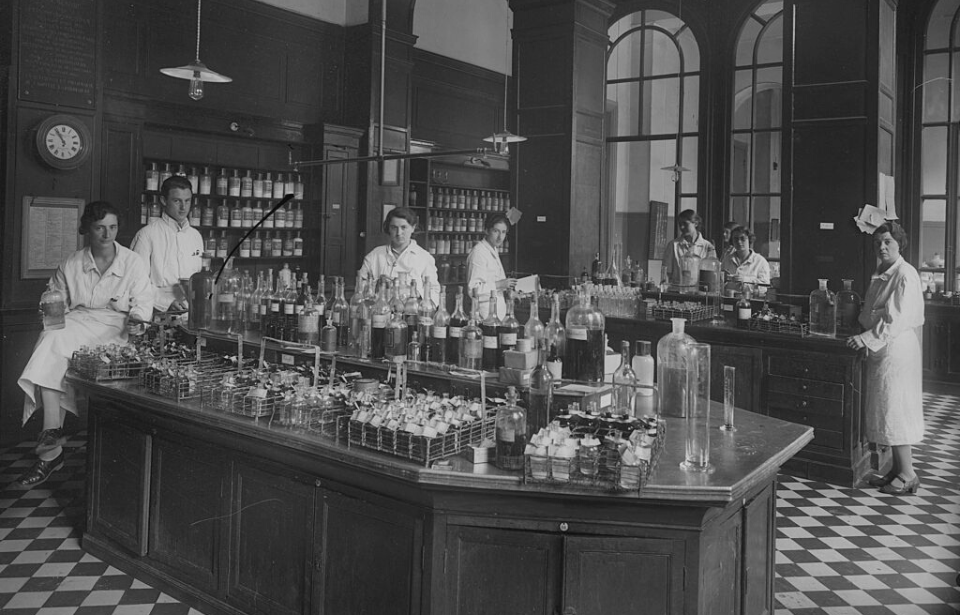Medicine has certainly come a long way in just a few centuries. Thankfully, today we have modern remedies that can effectively cure many ailments, from antibiotics to life-saving cancer treatments – but that wasn’t always the case. The below bizarre historical medical practices have us feeling extra grateful to live in the 21st century!
Iron lung machines for polio
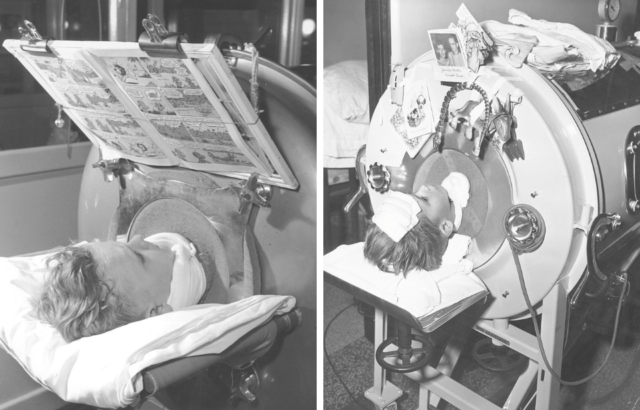
At the peak of the polio epidemic in 1952, 57,628 new cases were reported each year in the United States alone. An overwhelming number of victims were children, but a worldwide effort to eradicate polio using vaccines has successfully reduced the number of polio cases by 99 percent, according to the World Health Organization.
One in 200 polio cases can result in muscle paralysis, including paralysis of the chest muscles. This meant that many children with polio couldn’t breathe on their own, but thanks to the innovative cabinet respirator – more widely known as an “iron lung” – thousands of children’s lives were saved every year!
The iron lung completely surrounded the patient in an air-tight space that was pumped full of air using bellows. The patient would only have their head out of the machine, and sometimes children were kept inside the iron lung for months before being able to breathe on their own again.
Baby bottles turned into ‘murder’ bottles
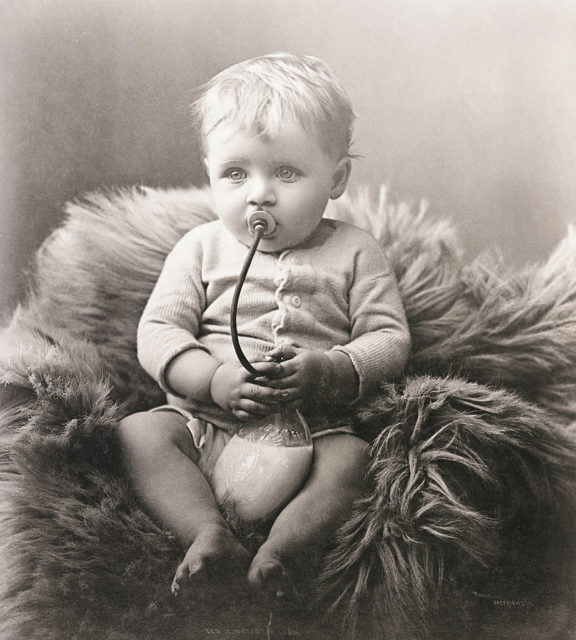
New innovations in childcare in the Victorian era were created to help busy mothers. The “feeding bottle” was originally created to allow babies to feed themselves through a long rubber straw connected to a flask-shaped bottle. While feeding bottles allowed mothers to have more time to keep up with chores or keep a baby from getting fussy, they soon proved to be deadly.
These Victorian bottles earned the nickname “murder bottles,” as babies who used them all became mysteriously ill. Unlike today, the Victorians didn’t have a scientific understanding of how bacteria worked.
The long rubber straw and a small opening on the bottle made them impossible to clean, contributing to deadly infections. To make matters worse, popular publications for women like Mrs. Beeton’s Household Management claimed the bottles only needed to be cleaned every two to three weeks!
Lobotomies helped treat mental illness
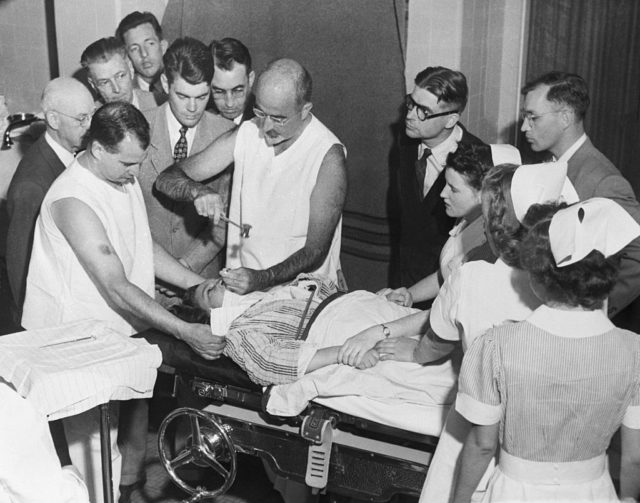
Dr. Walter Freeman believed that lobotomies could positively affect patients suffering from mental illness and other neurological disorders, but his hypothesis had horrific consequences. Lobotomies to alleviate swelling in the brain had been performed before by drilling a small hole through the skull. Freeman took this concept a step further by performing a “prefrontal” lobotomy that severed the connection between the frontal lobe and the thalamus in the brain, usually by using an icepick-like instrument that was inserted through the eye socket.
Freeman believed that severing the connection between parts of the brain relating to emotion would bring relief to those in emotional distress. Instead, many patients were left with permanent damage that caused vegetative states, aggression, and what some patients described as feelings of apathy or decreased emotional response. The treatment is now considered inhumane and was even used as a punishment in prisons and asylums to keep “unruly” patients subdued.
Electric baths helped arthritis
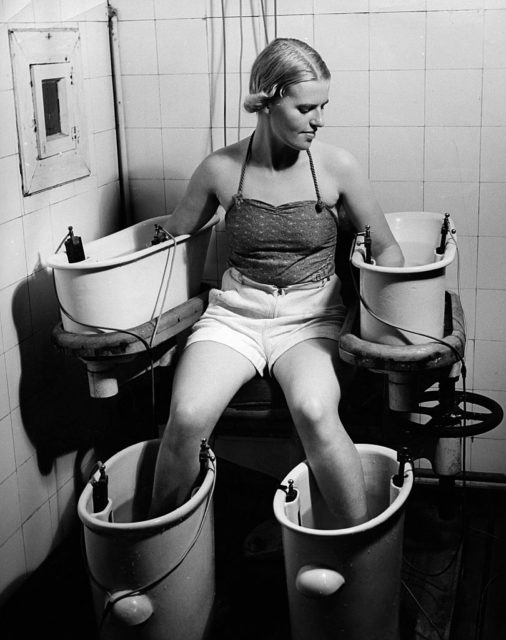
We’re all taught that water and electricity don’t mix – but this bizarre treatment for rheumatoid arthritis supposedly had some success! Electric baths, also known as galvanic baths, were standard practice in many health treatment facilities a century ago. A large tub or a series of smaller basins, connected to large batteries, would be filled with water and an electric current would run through the water and through the patient.
The relatively weak batteries and the lack of metal drains in the tub meant that electric baths were pretty safe, but while many believed electricity had healing properties it is likely that the treatment didn’t do much to treat disorders like rheumatoid arthritis. Even if they didn’t work, electric bath spas and products were all the rage – even Charles Dickens had a personal galvanic bath device to treat his sore knees!
Chloroform was a general anesthetic
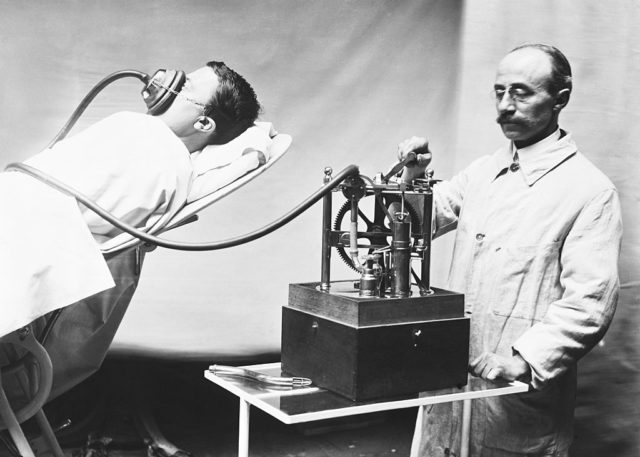
Chloroform was first discovered in 1831 while a chemist was trying to create a cheap pesticide. Soon after its discovery, doctors lept at the chance to use the new chemical as anesthesia. Today, chloroform is mostly seen in movies and TV as a villain kidnaps someone by pressing a chloroform-soaked cloth to their victim’s face.
This isn’t too far off from how chloroform was used in surgeries and operations to keep patients sedated, but several instances of overdoses occurred throughout the 19th century. That risk didn’t stop many people from seeking chloroform to manage pain, including Queen Victoria, who was administered chloroform during the birth of her eighth child in 1853.
Vibrators were used to treat hysteria
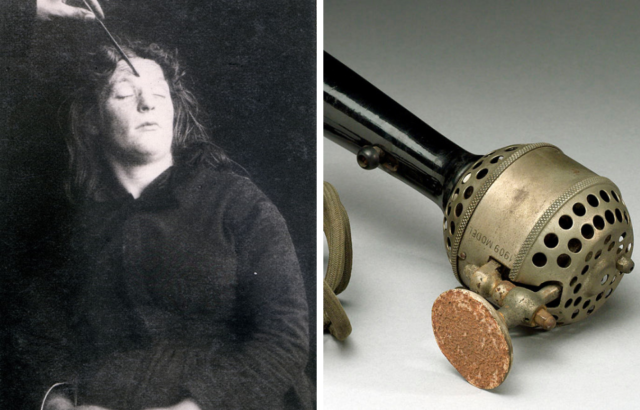
Before the groundbreaking research available today, signs of depression and other health issues were often labeled as “hysteria” – a condition brought on by excess emotions in women that often presented as “unruly” behavior. To help alleviate hysteria in women, doctors often administered vibration “treatments” to patients. The goal was to sexually stimulate a woman to induce more pleasant emotions.
More from us: Bad Medicine: Unusual And Unexpected Treatments Throughout History
The pelvis massages were considered entirely medical and not at all sexual. Supposedly, if the female patient became relieved and flushed during the treatment, she was having a “hysterical paroxysm” (now known as an orgasm) that signified the treatment was successful.
